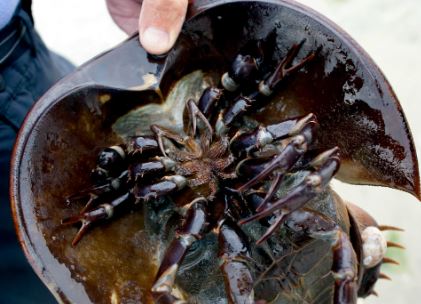
Trees actively choose their partners
Traditionally, it was thought that trees simply worked with whatever bacteria and fungi that were already present in the soil. However, this study shows that trees can choose which organisms to work with. The type of bacteria and fungi can depend on a number of factors in their environment, which includes how fast organic matter gets decomposed in the soil. Depending on the rate of decomposition, trees will choose to partner with different types of fungi.
Another factor that trees consider is how wet or dry their environment is. Trees that were planted in drier, more arid environments tend to work with certain kinds of bacteria such as Rhizobia and Actinobacteria. These bacteria can convert nitrogen from the atmosphere into plant-usable products that the tree can use.
Understanding the relationships trees form with their partners
In an effort to understand how trees choose their partners, an international consortium of researchers took a close look at tree-microorganism symbioses in 1.1 million locations around the world. This effort covered over 28,000 individual species of trees from various geographic regions and climates.
During the course of their work, the researchers discovered that a majority of these symbiotic relationships are ectomycorrhizal, meaning the fungi involved don't directly penetrate the walls of the cells of the tree's roots. Rather, they form an interface called a Hartig's net to connect to their partner tree.
Ectomycorrhizal symbiotic relationships tend to happen in seasonally cold and dry climates, as well as at high latitudes and elevations. Here, organic matter in the soil decomposes slowly. In warm and humid tropical forests, organic matter decomposes much faster. In these regions, trees prefer to establish mycorrhizal relationships, where the fungus directly colonizes the tree's root tissue.
Using this data, the researchers constructed a global microbial biogeographical map of forest symbioses. The map demonstrated that the geographical transition from ectomycorrhizal to mycorrhizal was pretty sudden. Despite this suddenness, the transition between the two forms of fungal symbiosis still fit within the researchers predictions.
Understanding forest health by understanding microbes
Trees and forests are an important part of the planet's health. Not only do they provide oxygen for breathing, they also serve as sources of food and shelter for animals and people alike. Additionally, they can also serve as places for people to de-stress and improve their mental health.
Scientists have known that trees rely on bacteria and fungus to help them get essential nutrients from the soil. Prior to this study, the understanding of how geography and climate affected the trees' relationship with these organisms had come from a limited number of environments. This is the first time that researchers had conducted a study on this scale.
This study has created a much more accurate global map of tree symbiosis that covers a large number of species and environments. With this map, scientists have a much greater understanding of what kinds of soil bacteria and fungus trees need to survive depending on their environment, and how these bacteria and fungus help shape forests around the world. This can help people to better assess the health of forests around the world and understand how they can be affected by factors such as climate and pollution.
Sources include:
Please contact us for more information.























